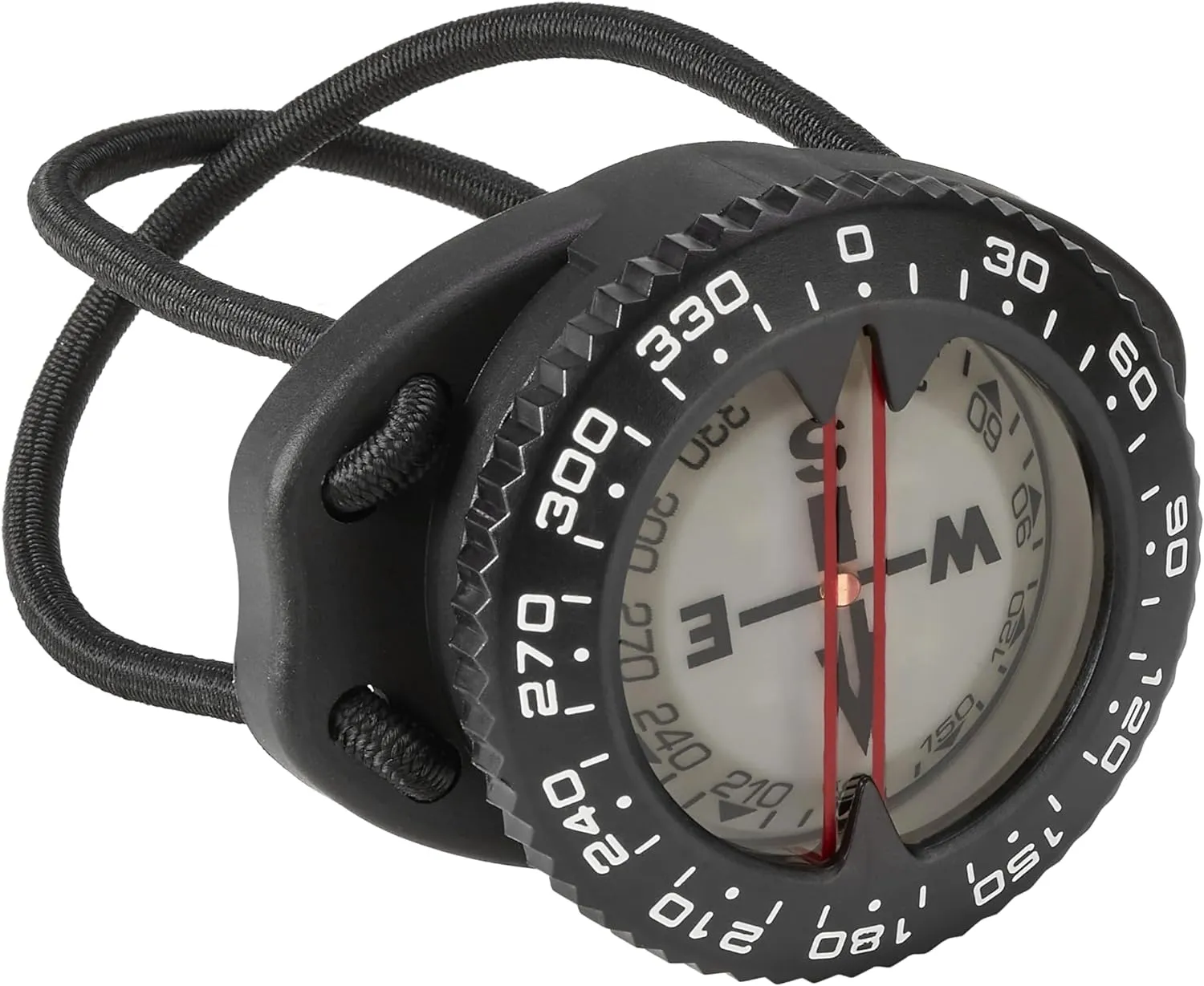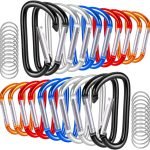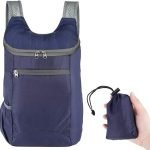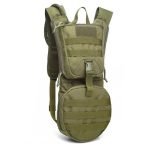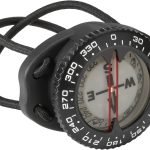Diving is an exhilarating experience, allowing adventurers to explore vibrant underwater ecosystems and discover the mysteries of the deep. However, to ensure safety and enjoyment, having the right equipment is crucial. A reliable diving compass is one of the essential tools for any diver. This article will explore the benefits of using a high-quality diving compass, highlight key features to consider when selecting one, and provide practical tips for effective underwater navigation.
The Benefits of Using a Diving Compass
A diving compass is not just a luxury; it is an essential tool that can significantly enhance your underwater experience. Here are some of the primary benefits of using a quality diving compass:
- Enhanced Navigation
Navigating underwater can be challenging, especially in environments with limited visibility or complex terrain. A diving compass provides you with a reliable reference point, allowing you to determine your heading and maintain your course. This is particularly important during drift dives or when exploring unfamiliar areas. With a compass, you can confidently explore without the fear of getting lost. - Improved Safety
Safety is paramount when diving, and a compass can help mitigate risks associated with disorientation. By allowing divers to maintain a consistent heading, a compass helps reduce the chances of straying too far from the entry point or dive boat. In case of unexpected currents or changes in visibility, having a compass ensures you can navigate back to safety, giving you peace of mind during your underwater adventures. - Increased Confidence
Using a compass enhances your confidence as a diver. Knowing you have the tools to navigate effectively allows you to focus on the beauty around you rather than worrying about getting lost. This confidence can lead to a more enjoyable diving experience, enabling you to explore new sites and take on more challenging dives.
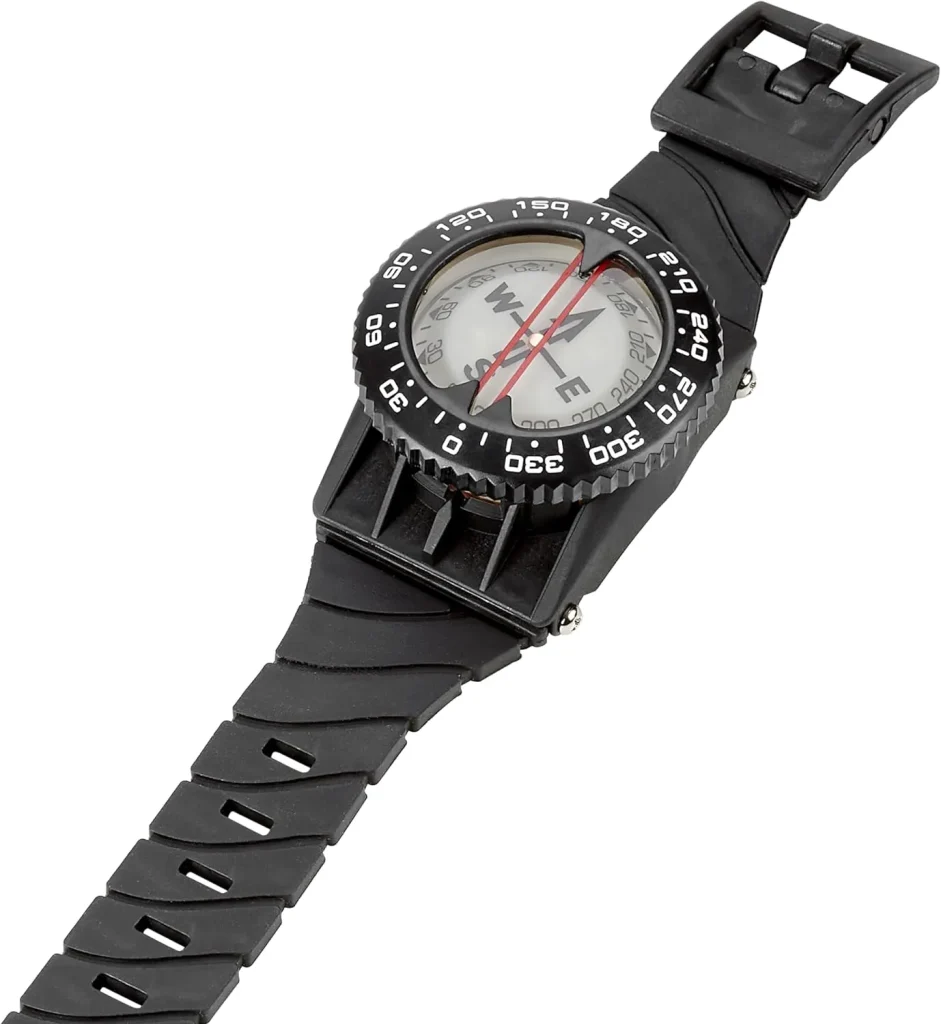
$54.00Add to cart
Key Features to Consider When Choosing a Diving Compass
When selecting a diving compass, several key features can enhance your navigation experience. Understanding these aspects will help you make an informed decision:
- Type of Compass
Diving compasses come in various types, including wrist-mounted and bottom-mounted designs. Each type has its advantages depending on your diving style. Wrist-mounted compasses are convenient and easy to read, while bottom-mounted compasses can be integrated into your dive gear for hands-free navigation. Consider your preferences and diving habits when choosing the type that suits you best. - Visibility and Readability
A compass must be easy to read, especially in low-light conditions or murky waters. Look for a compass with clear markings and luminescent features that enhance visibility. Additionally, a rotating bezel allows you to set headings easily and track your course without confusion. Ensure that the design accommodates quick glances while maintaining focus on your surroundings. - Durability and Waterproofing
Diving can expose your equipment to harsh conditions, so durability is essential. Choose a compass made from high-quality materials that can withstand pressure, temperature changes, and potential impacts. Waterproofing is crucial to ensure that the compass functions correctly at various depths. An oil-filled design can enhance stability and prevent fogging, providing consistent performance throughout your dives.
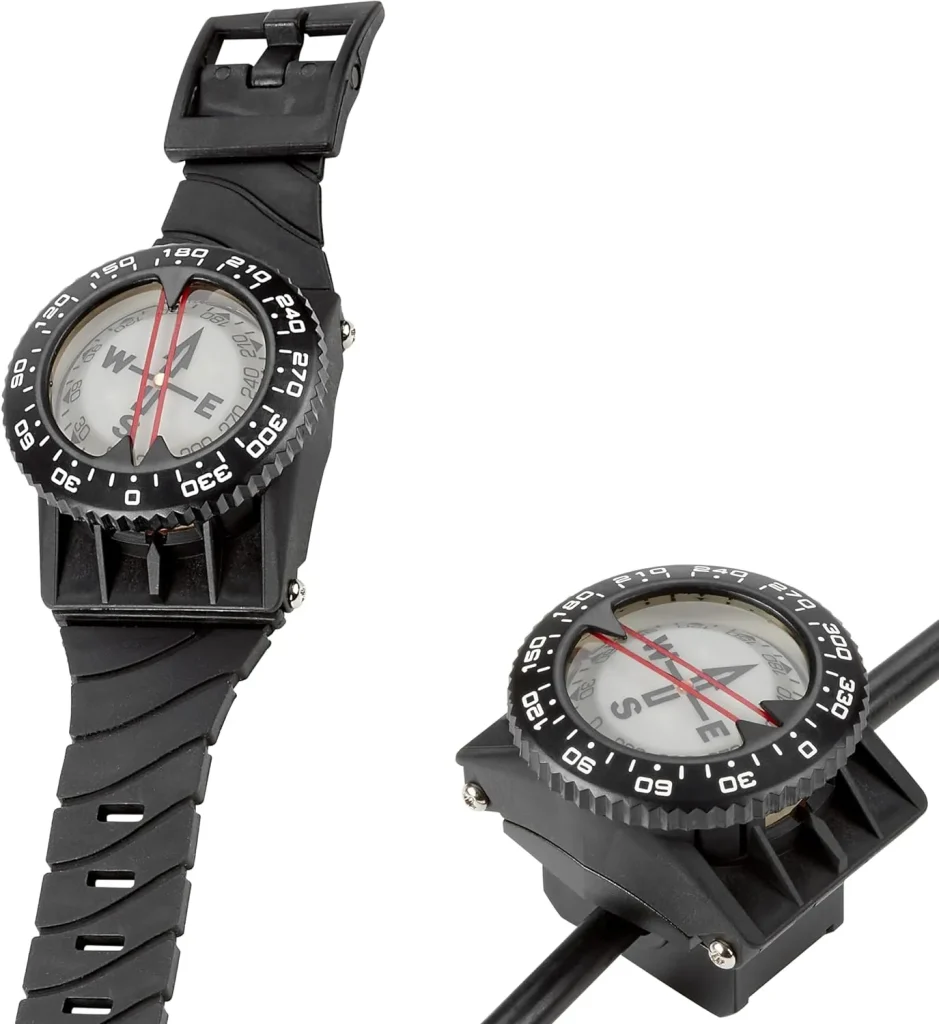
$54.00Add to cart
Practical Tips for Using a Diving Compass Effectively
Once you have selected the right diving compass, knowing how to use it effectively can enhance your overall diving experience. Here are some practical tips:
- Familiarize Yourself with the Compass
Before heading into the water, take the time to familiarize yourself with your compass. Understand how to read the markings, adjust the rotating bezel, and identify the cardinal directions. Practice using the compass on land to build confidence and ensure you know how to operate it when submerged. - Determine Your Heading
Before starting your dive, determine your intended heading using the compass. Align the compass housing with the desired bearing and turn the bezel to match the direction you want to swim. Taking a moment to set your heading will help you maintain focus throughout your dive and prevent disorientation. - Use Reference Points
While underwater, it’s essential to maintain awareness of your surroundings. Use natural reference points, such as rock formations or coral structures, to help guide your navigation. Regularly check your compass to confirm you are on course, especially during longer dives. - Practice Regularly
Like any skill, effective navigation with a compass improves with practice. Incorporate compass navigation into your regular diving routine. As you become more comfortable using your compass, you’ll develop a better sense of direction and confidence in your navigation abilities. - Stay Aware of Current Conditions
Always be mindful of the current conditions when diving. Changes in current strength or direction can affect your ability to maintain your heading. Regularly check your compass and adjust your course as needed to ensure you stay on track. - Dive with a Buddy
Diving with a buddy not only enhances safety but also provides an extra set of eyes for navigation. Communicate your intended heading and work together to maintain your course. If one of you becomes disoriented, the other can help guide back to safety.
Conclusion
A reliable diving compass is an essential tool for any diver looking to explore the underwater world with confidence and safety. By enhancing navigation, improving safety, and increasing confidence, a quality compass can transform your diving experience.
When selecting a compass, consider factors such as type, visibility, durability, and waterproofing to find the perfect match for your needs. Once equipped, practice using your compass effectively to ensure you maximize its benefits during your dives. With the right approach, a diving compass can help you navigate the depths with ease, allowing you to fully enjoy the wonders of the underwater realm.


